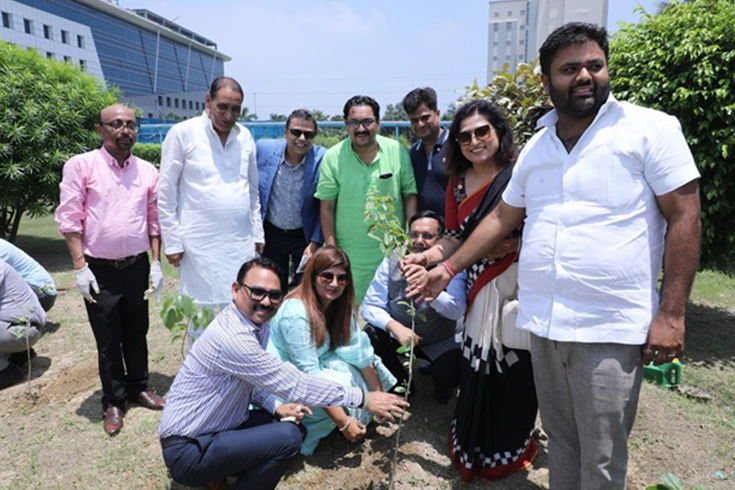The Kedarnath Temple, one of the most
revered Hindu shrines, will close its doors for the winter season on November 3
at 8:30 AM. This date aligns with Bhai Dooj, a significant Hindu festival
celebrating the bond between brothers and sisters. The temple’s closure was
announced by Vijay Prasad Thapliyal, the chief official of the
Badrinath-Kedarnath Temple Committee.
During the winter months, when heavy
snow makes it impossible for devotees to visit Kedarnath, prayers will be held
at Shri Omkareshwar Temple in Ukhimath. This is considered the winter home of
Lord Kedarnath. Every year, Kedarnath Temple closes between October and
November and reopens around April or May, depending on the weather conditions.
This tradition is followed by all the four major temples of the Char Dham
pilgrimage in the Himalayas.
A The Yamunotri Temple will also close
its doors on Bhai Dooj, alongside Kedarnath. Meanwhile, Gangotri Temple is set
to close a few days earlier, right after Diwali, during the Annakut festival.
The exact closing date for the Badrinath Temple will be decided during the
Dussehra celebrations.
Legends of
Kedarnath
The Kedarnath Temple has strong
connections to the legends of the Mahabharata and the Hindu deity, Lord Shiva.
According to the legend, after the great war of Kurukshetra, the Pandavas
sought forgiveness from Lord Shiva for killing their relatives in the battle.
Lord Shiva, however, was not easily found. To avoid meeting them, he
transformed himself into a bull. When the Pandavas finally caught up with him,
he tried to disappear into the ground. Bhima, one of the Pandava brothers,
grabbed the bull’s tail, but Shiva managed to sink into the earth, leaving only
his hump above the surface. It is believed that this spot became the site of
the Kedarnath Temple.
The History of
Kedarnath Temple
The original temple at Kedarnath is
said to have been built by the Pandavas themselves. However, it disappeared
over time, possibly due to natural disasters. In the 8th century, the temple
was reconstructed by Adi Shankaracharya, a famous Indian philosopher and
theologian. His contributions helped revive Hinduism, and he is credited with
establishing many temples and monasteries across India. Behind the temple today
stands a memorial for Adi Shankaracharya, marking his association with
Kedarnath.
Throughout history, the temple has
undergone several restorations. A major restoration of the Kedarnath Temple was
carried out by King Bhoj of Malwa in the 10th century. Later, in the 13th
century, the temple was again restored. Even scientists recognize that between
the 13th and 17th centuries, the temple might have been buried under snow due
to a small ice age that occurred during that time. Despite these challenges, the
temple has stood the test of time and remains a popular pilgrimage site.
Modern-Day
Significance
Every year, thousands of devotee’s travels
to the Kedarnath Temple, seeking blessings from Lord Shiva. The temple is part
of the Char Dham Yatra, which includes four major pilgrimage sites: Kedarnath,
Badrinath, Yamunotri, and Gangotri. The journey to Kedarnath is considered
challenging, as it involves trekking through rugged mountain terrain. However,
for many pilgrims, the effort is worth the spiritual experience and the
breathtaking views of the Himalayan peaks.
During the winter season, when the
temple is closed, devotees can still offer their prayers at the Shri
Omkareshwar Temple in Ukhimath, which is where the idol of Lord Kedarnath is
moved. This ensures that the spiritual connection with the deity is maintained
throughout the year, even when access to the main temple is cut off by snow.
In summary, the Kedarnath Temple is
not just a religious site but a place of historical and cultural significance.
With its rich history, strong ties to ancient legends, and ongoing traditions,
it continues to be a major destination for Hindu devotees from all over the
world.












